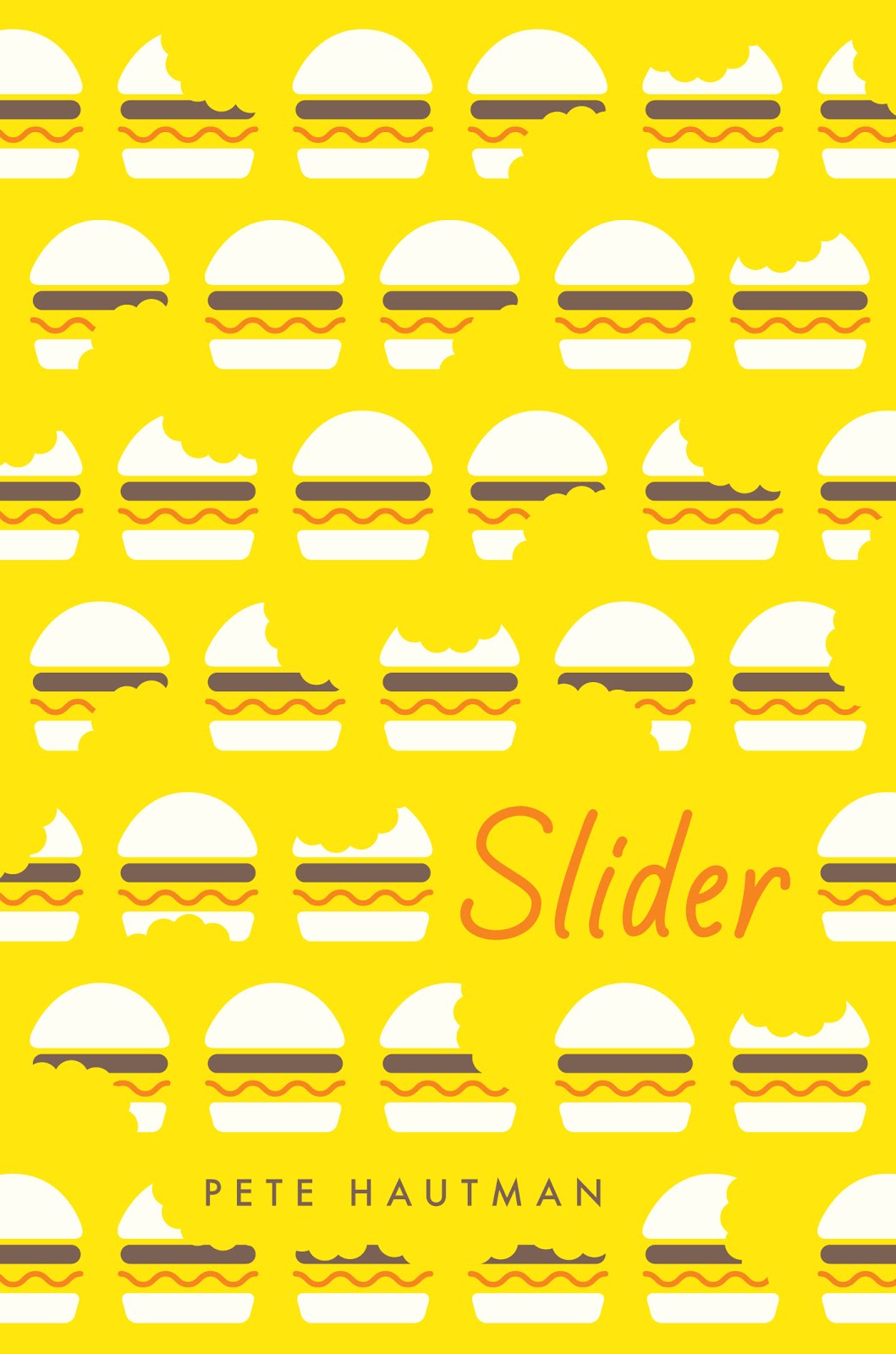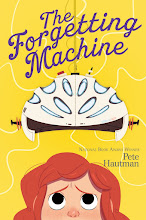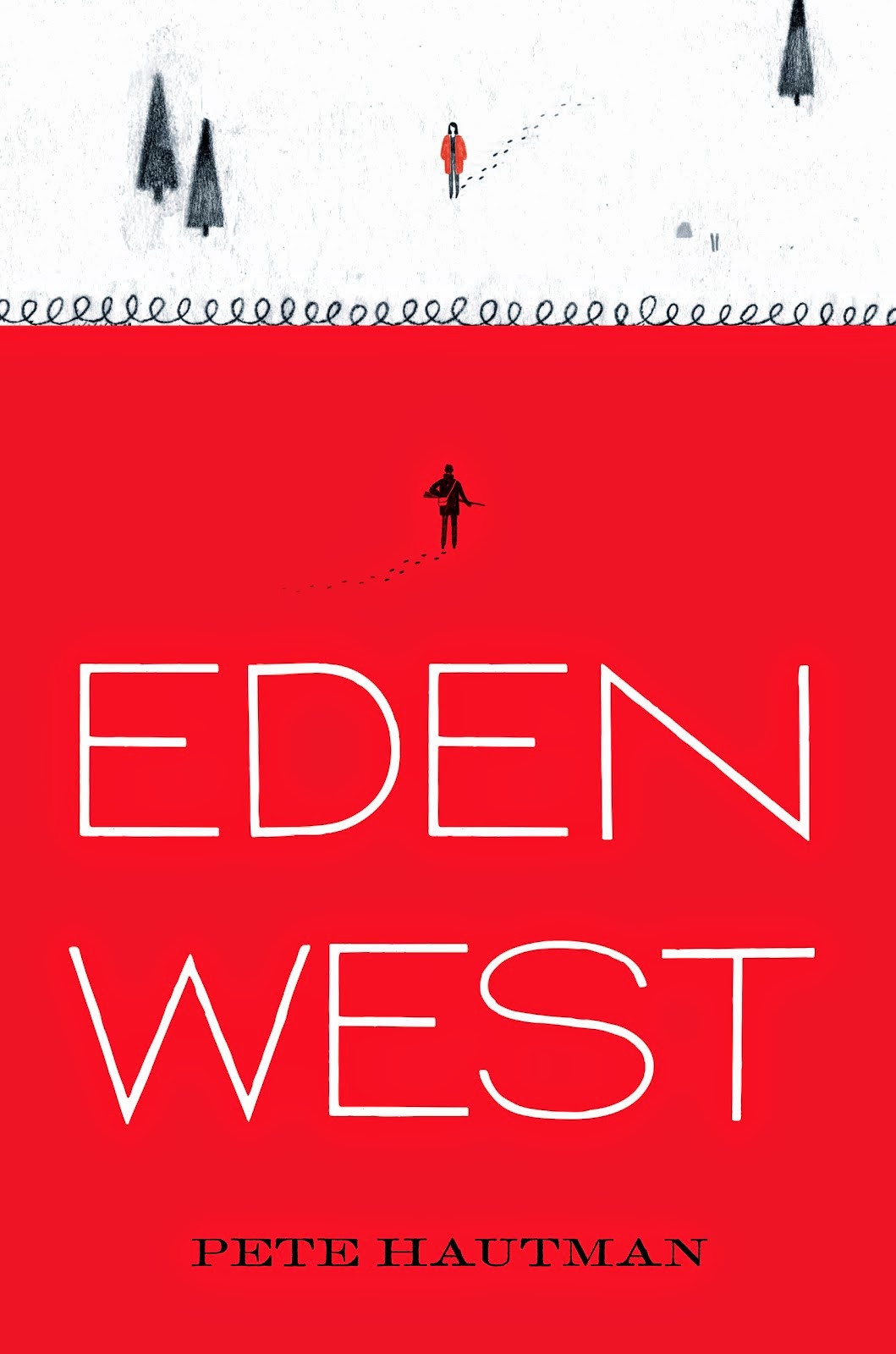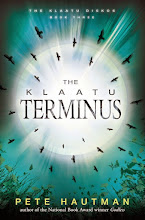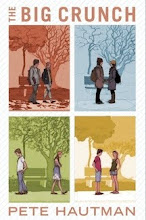From 1990 until about 2010, I was part of a weekly critique group, possibly the most valuable thing I ever did to bring quality and focus to my writing. The membership of our small, usually five to seven person group, evolved over the years. People would join us for a few meetings, or a few years, then move on.
 One man (I will call him Bill, because that was his name) was part of the group for only a few months. Bill was a good storyteller, a competent writer, a thoughtful critic, and a nice guy. He was working on a young adult novel set in the rural Minnesota community where he had grown up.
One man (I will call him Bill, because that was his name) was part of the group for only a few months. Bill was a good storyteller, a competent writer, a thoughtful critic, and a nice guy. He was working on a young adult novel set in the rural Minnesota community where he had grown up.
One of the key scenes in his book was set on a train trestle running over a ravine. Several characters were involved. When Bill read this scene, we were confused—the complex physical setting with the multiple characters were all but impossible for us to visualize. We had many, many questions.
Bill was frustrated. He didn’t understand how we could be having trouble “seeing” the scene as he did. “It’s a real place,” he said. “I was there.”
We talked about it for a long time. Bill returned to our next meeting with a complete revision. He read it. We still didn’t get it.
He revised again, and presented his new version at the following meeting. By this time we had heard the scene too many times, along with his lengthy explanations for what he was trying to describe. The scene still didn’t work. That may have been Bill’s last visit to our group.
After that, we added a new term to our lexicon: The Trestle Problem. We have all run into it in our own writing. Sometimes the problem is solved by endless rewrites; sometimes it never goes away.
The Trestle Problem: A complex physical scene based upon a vivid real-life memory.
You might think that a strong, reality-based memory would form a solid foundation for a scene—and sometimes it does. But often we are sabotaged by our memories. Because they seem to clear and compelling, it can be difficult to step outside our memories and put ourselves behind the eyes of the reader. The more vivid and profound our real-life experiences, the harder they are to communicate through prose.
A common cry heard in writing critique groups throughout the known universe: “But…that’s what really happened!”
In the 1993 movie The Fugitive, when the cop, Gerard (Tommy Lee Jones) has fugitive Richard Kimball (Harrison Ford) cornered, Kimball cries “I didn’t kill my wife!” Gerard says, “I don’t care!”
Because all we care about is our ownstory. And so it is for the reader, who doesn’t care about you, or what you’ve experienced—even though, if you ask them, they thinkthey do. They care about what it means for them. If you don’t make it real for them, they will not care.
The singer and songwriter Johnette Napolitani expresses it as I rage-tinged cry in her song “When I Was a Fool:” Grow up and get real, have a kid in their teens, who won’t care what I’ve done, what I’ve been, what I’ve seen…
And that’s a terrific problem for us writers—to accept the fact that our readers don’t give a shit about us. Because all we really want at bottom is to be loved, to be cared about, to matter. But here’s the thing: Every book you write, every sentence, every word, has to bring your reader back to themselves. Standup comics deal with this every night, every joke.
If there is a practical technique for dealing with the trestle problem, it is this: Say less. Tell them only enough to trigger access to their own storehouse of memories and emotions, then get the hell out.
Using words to insert specific images and emotions into the readers mind is a tricky business, and one we are often best off avoiding. Tell them you are looking at a…say, a pen, and they will see a different pen than you. Tell them it is a red fountain pen and they will see a different red fountain pen. Tell them it is a dark red Namiki retractable fountain pen with a chipped, chrome-plated ferrule, an extra-fine nib, and an empty ink cartridge…and you will lose all but the fountain pen aficionados.
There are exceptions, of course. When it is done well, the sentence- or paragraph-level infodump can be informative, evocative, and altogether pleasing. Rules must be broken! But when a complex scene is not working, consider stripping it down to its essentials and letting the reader do the heavy lifting.


